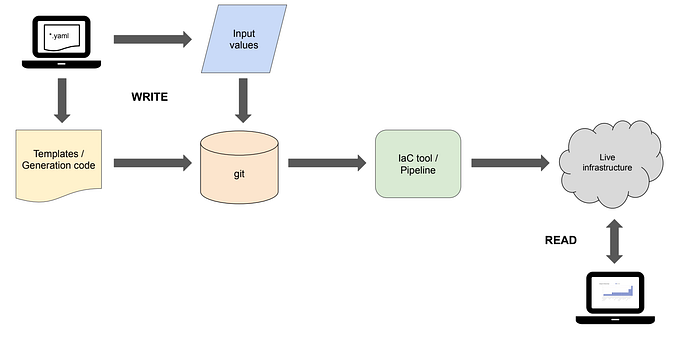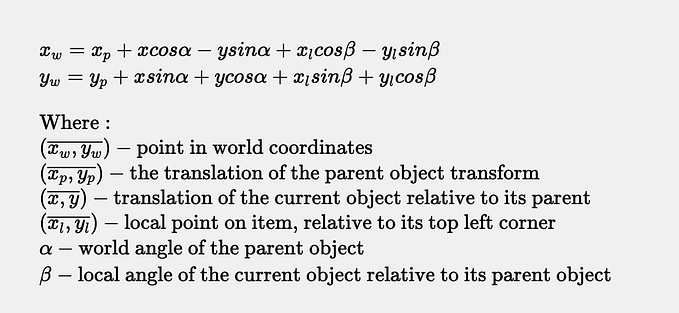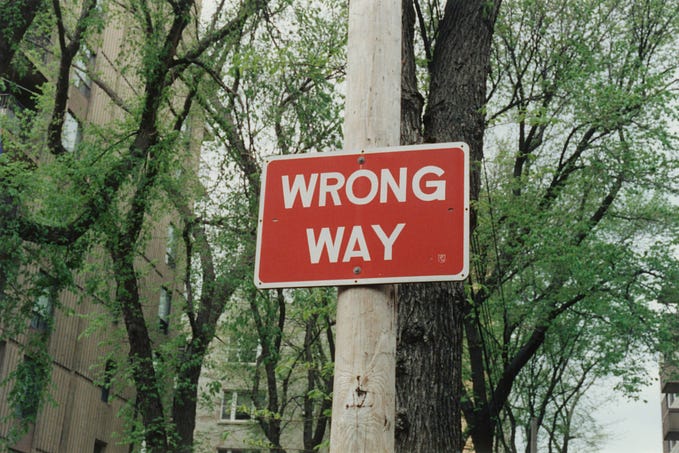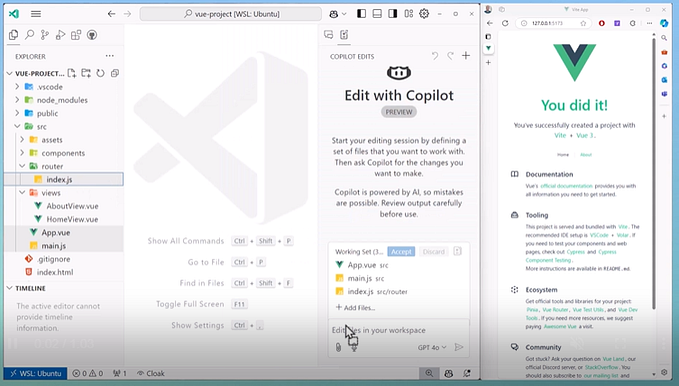Event Ticket Pricing with Disjoint Intervals: Maximizing Revenue with Dynamic Pricing
Introduction
Events, whether concerts, conferences, or festivals, experience fluctuating demand at different times, and managing this effectively can mean the difference between sold-out shows and empty seats. We will explore a sophisticated approach to event ticket pricing using disjoint intervals. This method allows for dynamic pricing, inventory management, and real-time price adjustments to maximize revenue and provide a better customer experience.
What Are Disjoint Intervals in Event Ticket Pricing?
Disjoint intervals refer to periods of time that do not overlap. In the context of event ticket pricing, these intervals are used to define different pricing tiers based on time. For example, tickets purchased early may be cheaper than those bought closer to the event start time.
Each pricing interval can be associated with a specific price and a limited inventory of tickets. As tickets are sold, the availability in each interval decreases, and prices can be adjusted accordingly.







